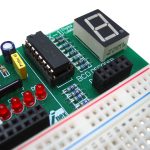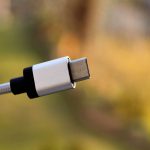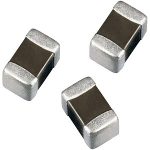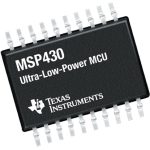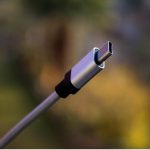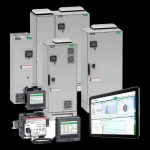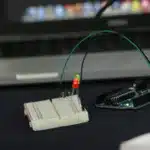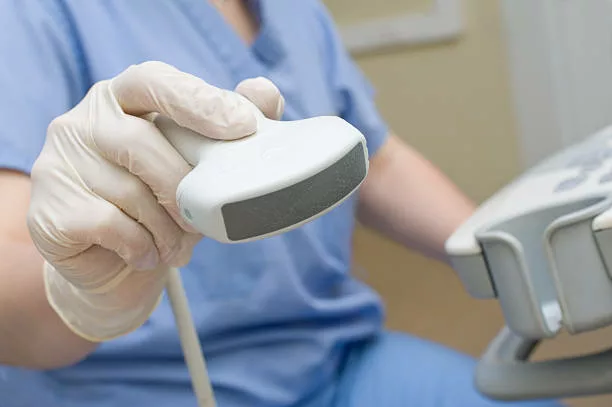
Introduction
Ultrasonic transducers have emerged as indispensable components for sensing objects with unparalleled precision and accuracy. These remarkable devices leverage the principles of ultrasonics–sound waves beyond the human hearing range, to enable a myriad of applications across multiple industries. This article explores crucial ultrasonic transducers for sensing objects, outlining their working principles, popular sensing transducers for sensing objects, and their crucial sensing applications.
Understanding Ultrasonic Transducers and Working Principles
Ultrasonic transducers are electronic devices that convert electrical energy into high-frequency mechanical vibrations and vice versa. These transducers typically comprise a piezoelectric element–the cornerstone of their functionality, which can expand or contract when subjected to an electric field. When an electrical signal is applied to the piezoelectric element, it undergoes rapid vibrations, producing ultrasonic waves. These waves, with frequencies higher than 20,000 hertz, are beyond the human hearing range but prove highly effective for numerous sensing applications.
Popular Types of Ultrasonic Transducers
Ultrasonic transducers basically come in two types, including:
- Piezoelectric Transducers – These transducers are based on the piezoelectric effect, where certain materials like quartz generate an electric charge upon applying mechanical stress. Conversely, when an electric field is applied to these materials, they undergo mechanical deformation, resulting in emitting ultrasonic waves. Piezoelectric transducers are widely used in multiple applications, including medical ultrasound imaging and non-destructive testing.
- Ultrasonic Sensors – Ultrasonic sensors, also called ultrasonic ranging modules or ultrasonic distance sensors, use the principle of echo ranging to measure distance or detect objects. They emit short ultrasonic pulses and measure the time for sound waves to bounce back after hitting an object. Knowing the sound in the medium can calculate the distance to the object. These sensors are effective for object detection and distance measurement and are commonly found in parking assist systems, robotics, and industrial automation.
List of Ultrasonic Transducers for Sensing Objects
There are numerous ultrasonic transducers used in sensing devices. The following is a list of some popular bespoke ultrasonic transducers with examples.
- Ultrasonic Proximity Sensors – HC-SR04 and Maxbotix MB1242.
- Ultrasonic Range Finders – SRF05 and LV-MaxSonar-EZ Series
- Ultrasonic Proximity Switches – Pepperl+Fuchs UB Series
- Ultrasonic Level Sensors – Siemens SITRANS Probe LU
- Ultrasonic Flow Meters – GE Panametrics TransPort PT878
- Ultrasonic Imaging Transducers – NDT ultrasonic transducers
- Ultrasonic Proximity Modules for Robotics – DFRobot SEN0205.
Exploring Ultrasonic Transducers Applications in Sensing Objects
Ultrasonic transducers find a wide variety of applications in sensing objects due to their unique properties. Some typical applications of ultrasonic transducers in sensing objects include:
- Distance Measurement: Distance measurement is one of the most well-known applications of ultrasonic transducers. Ultrasonic sensors emit high-frequency sound waves bouncing off objects in their path and return as echoes to the sensor. By measuring the time the echo returns, the sensor can calculate the distance between itself and the object.
- Level Measurement: Ultrasonic transducers are widely used for non-contact level measurement in multiple industrial settings. These transducers are directed towards the liquid or material’s surface, where the time taken for the echo to return determines the level.
- Proximity Sensing: Ultrasonic transducers for sensing object are crucial components for proximity sensing and can detect the presence or absence of objects within a specific range without making physical contact. They are commonly used in occupancy detection systems, touchless interfaces, and security systems.
- Fluid Flow Measurement: Ultrasonic flow meters use transducers to measure fluid flow rates in pipes or channels, utilising the phenomenon of ultrasonics.
- Object Detection and Obstacle Avoidance: Ultrasonic sensors safely navigate various devices and are used in autonomous vehicles, drones, and robotics to detect and avoid obstacles in their path.
- Thickness Measurement: Ultrasonic transducers can precisely measure the thickness of various materials non-destructively. The thickness can be calculated by sending ultrasonic waves through the material and measuring the time for the waves to return. This technique is used in industries such as metalworking and manufacturing.
- Material Characterisation: Ultrasonic transducers are utilised in non-destructive testing -NDT to evaluate the materials’ integrity, such as metals, composites, and concrete. Changes in ultrasonic wave propagation can reveal defects or irregularities within the material.
- Medical Imaging: Ultrasonic transducers are extensively employed in ultrasound imaging in medical facilities. They emit ultrasonic waves into the body, where the echoes produced by internal tissues and organs create images, helping diagnose medical conditions.
Final Words
Ultrasonic transducers have proven to be invaluable tools for sensing objects across a wide range of applications. They play a significant role in shaping modern sensing technologies with a promising future. With their versatile functionality, cost-effectiveness, high efficiency, and compelling performances, ultrasonic transducers are valuable devices for multiple sensing objects. As we push the boundaries of innovation, these remarkable devices will undoubtedly continue to contribute to safer, more innovative, and more efficient solutions in the realm of object sensing.







